Although many states are emerging from coronavirus (COVID-19) lockdown, there is no one right answer to whether or not you should send your child back to daycare. When thinking about the decision, it is important to take into account what needs your individual family has, how much risk your family is willing to take on and what infection control measures your daycare is taking. Group childcare tends to be more risky in terms of exposure to any illness than one-on-one care, but having a babysitter or nanny is not a feasible choice for many and socialization is also important for child development.
Take into account what your work and life demands are when considering childcare. Many parents are essential workers or reliant on full-time work to provide for their family. In these cases, sending your child to a daycare or caregiver is necessary. Consider framing the return-to-daycare question in blocks of time – should we send our child(ren) now or do we have flexibility in our jobs and work-life balance to re-evaluate in several weeks?
Questions to ask your daycare provider
It is also important to ask your daycare questions about their response to the pandemic. These include:
- What are their cleaning plans?
- How many children will be assigned to each provider?
- Will there be room for some social distancing?
- Will adults/parents be kept out of the facility as much as possible to limit exposure?
- What is the plan if a child, provider or family member tests positive for COVID-19?
- Will there be contact tracing?
It’s also important to think through contingency plans for intermittent daycare closures, which many people predict may happen if clusters of infections arise locally.
Think about your risk tolerance
As with many difficult decisions during this pandemic, the daycare question is about risk tolerance. We not only have to consider “What is the risk of serious illness to my child in sending him or her to daycare?” (answer: probably fairly low as most children do very well if they get the COVID-19 infection). But, we also have to consider these questions: What is the risk of serious illness to a member of our household if my child or I were to be exposed to COVID-19 infection through daycare? Are there children or family members with high risk medical conditions such as diabetes, lung disease or heart problems? Do any older family members live with you? If so, think about limiting your contacts through a nanny or nanny share where all members practice similar social distancing measures. This may be a safer option for your family. Or, consider choosing one or two other families whose adults share childcare responsibilities who all agree on social distancing practices.
Keep in mind that we continue to learn about COVID-19 on a daily basis. As more information becomes available about this virus, our recommendations may change accordingly.
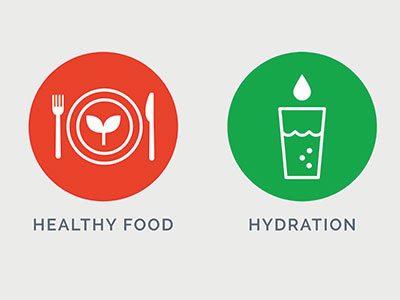 https://riseandshine.childrensnational.org/wp-content/uploads/2024/11/boost-immune-system-feature.jpg
300
400
Danielle Robbins
https://riseandshine.childrensnational.org/wp-content/uploads/2017/11/childrens_riseandshine_logo.jpg
Danielle Robbins2024-11-19 15:04:122024-11-19 15:04:127 ways to boost your child’s immune system
https://riseandshine.childrensnational.org/wp-content/uploads/2024/11/boost-immune-system-feature.jpg
300
400
Danielle Robbins
https://riseandshine.childrensnational.org/wp-content/uploads/2017/11/childrens_riseandshine_logo.jpg
Danielle Robbins2024-11-19 15:04:122024-11-19 15:04:127 ways to boost your child’s immune system


 Ellen "Ellie" Hamburger, MD, cares for children from birth through adolescence, and has a particular interest in children with special needs and premature infants.
Ellen "Ellie" Hamburger, MD, cares for children from birth through adolescence, and has a particular interest in children with special needs and premature infants.


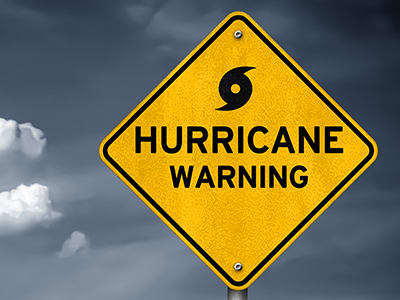

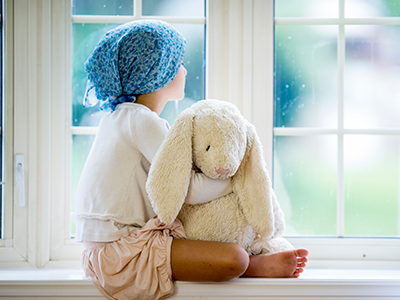

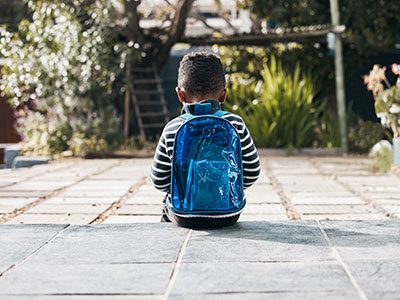
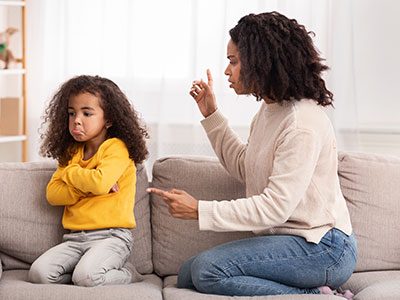


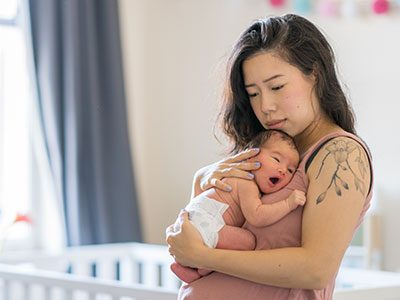
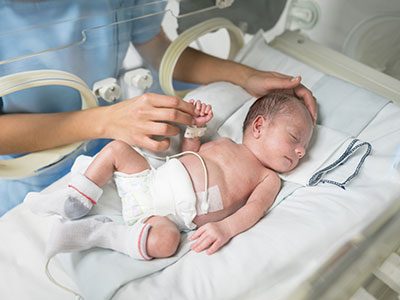






Leave a Comment
Want to join the discussion?Feel free to contribute!